How To Cook Pork
Whole books have been written about how to cook pork. There are so many delicious dishes using pork, from the finger licking baby back ribs to a crunchy schnitzel, that there is little wonder why it is so popular. My first memory of pork is, as it is for many, the pork chop. My mother’s cooking strategy relied heavily on packages of pre-seasoned bread crumbs, hence the use of Shake and Bake to prepare the chops. No, not exactly panko crusted, but even the Shake and Bake version of pork chops was one that we looked forward to. Lets face it, at the very least Shake and Bake was salty and that did serve the chops fairly well. What little herbs and spices that were included probably helped some, but it is the salt that stands out.
There was also bacon, but that was not something that we ate much of except on the rare weekend or at the pancake or waffle house. I remember clearly the launch of turkey bacon and, while our relationship with bacon may have been only occasional, turkey bacon never swayed us from straying. It turns our that turkey bacon is something you only have once – like a one night stand that you regret and promise not to repeat. You ask yourself “what were you thinking?” then conveniently blame the Acme Meat Company for their marketing indiscretion and appease yourself saying “it was their underhanded marketing tactics and misleading advertising that lured you in – crisp turkey bacon – I mean really!”
As with many foods, the use of pork has grown beyond just the typical bacon and pork chops of our youth. It is good to know how to cook pork if for no other reason than to open yourself up to the shear variety of opportunities to eat deliciously! Below is a basic guide to cooking pork that covers each type of cut. Mouse around the picture and click the different sections for tips on how to cook the different cuts from each area.
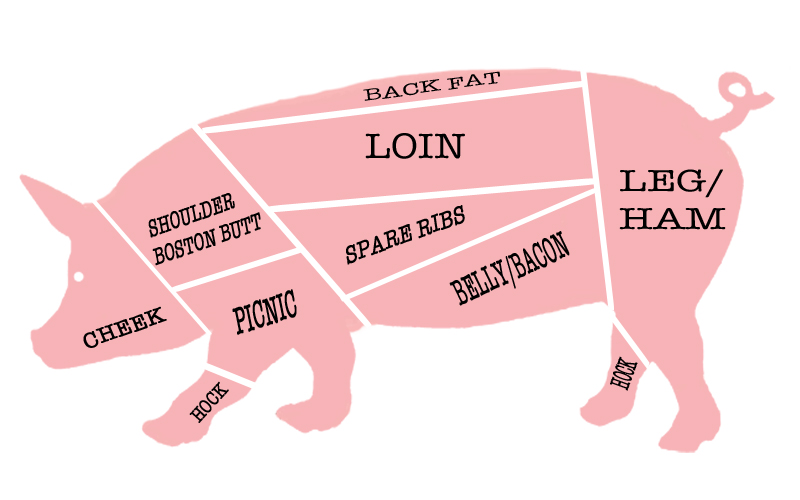
Mouse around the picture and click on the sections for tips about how to cook the different cuts of pork
Oink
Yes, believe it or not, people do eat the snout. And they should because there should be no waste. The snout can be used to flavor soup or it can be cooked crisp, too in the oven or sauté pan.
Cheek/Jowl
Perhaps the most famous use for cheek or jowl is the making of Guanciale! Guanciale is a cured meat with Italian roots used in famous pasta dishes like Bucatini al Amatriciana and Spaghetti Carbonara. You can cure your own, but it is easier to purchase it from a reputable butcher or salumeria.
Back To The Top
Pork Shoulder or Boston Butt
The Shoulder is from where the roasts and blade steaks come. This is the cut also from where
pulled pork and
carnitas are made. The roasts are best cooked low and slow using dry heat or
braising. Using dry heat, season the roast with salt and pepper or other dry rubs and roast it at about 275F until it is fork tender. If you prefer to braise, braise the roast in enough gently simmering liquid to just about cover it with plenty of aromatic vegetables. A slow cooker is also a great tool to use to cook shoulder roasts. Cubes from these roasts are great for grilled kebobs and can also be stewed or braised. And the blade steak? Season with salt and put it under the
broiler or on the grill until tender. The time will depend on the thickness.
Back To The Top
The Picnic
Tasty roasts and pulled pork can also be made from picnic cuts of pork (See pork shoulder above). Ground pork is also made from this section and is perfect for pork patties. Make the patties just like hamburgers then grill, broil or pan fry until the internal temperature reaches at least 165F. Another great use for ground pork is in
fried rice. Stir fry the ground pork with some garlic, chilli pepper and ginger then add some vegetable. Stir fry until tender and add the rice plus other delicious flavourings like soy and oyster sauce.
Back To The Top
Back Fat
Back fat is the section from where lard comes. It is rendered and sold in blocks at the grocery store. It is typically used to make very flaky pie crust for things like apple pie,
egg pie or
empanadas. Butter is most often used, but a crust can certainly be made with lard. More recently, we have seen back fat used to make something called lardo. Lardo is back fat that has been salted and cured and eaten in thin slices. It may be found in specialty stores.
Back To The Top
The Loin Cuts
The cuts of meat in the loin section are the tenderest – delicious pork chops and, of course, the tenderloin! There are some roasts, like rib and sirloin roasts, that come from the Loin section, too. For the chops – like Top Loin or Porterhouse – think grilling, broiling or sautéing. Season the chops with salt and pepper or your favorite seasoning and grill or broil over direct heat. Try and hit a temperature of at least 145F but no greater than 160F, depending on your tastes. If sautéing is your preference, season the chops and sauté them in vegetable oil in a hot pan (when a drop of water hits the pan it should sizzle and move across the pan on its own). The rib and sirloin roasts have barbecue or roasting written all over them. Season the roasts and cook them at 350F until the temperature reaches between 145F and 160F. The tenderloin can be grilled or roasted. Season as you like, but roast or grill at a higher temperature – about 400F-425F. This cut is usually small and won’t take long to cook. Using an instant read thermometer, the temperature should reach between 145F and 160F. A pork cutlet or even a chop is perfect for making
schnitzel, too!
Back To The Top
Spare Ribs
Ribs could be the best eating! There are some ribs – country style ribs – in the loin section, but we are most familiar with spareribs or baby back ribs. Oh my…Ribs! There are essentially 3 choices for ribs, whether they be St. Louis style ribs, country style ribs or baby back ribs – Roast, Barbecue (indirect heat) or Braise. Rub the ribs with the seasoning of your choice and roast them at 350 until the meat is tender and falling off the bone. Grilling should be done with indirect heat and at a lower temperature – ideally 300-325. The tender, falling off the bone meat is still the best outcome!
Back To The Top
The Belly and Bacon
Ahh…pork belly! Due to its culinary power, bacon immediately comes to mind when you think of pork belly. You no doubt already know
how to cook bacon in the oven and probably have done it numerous times in a skillet. Cooking bacon is a good skill to know! Pork belly can also be cooked in different ways. You can roast and braise it! To roast pork belly, score the skin/fat side with a knife and season the belly well with salt and pepper. Roast the belly, fat/skin side up, at 325 in a roasting pan until it is very tender. Increase the heat to 425 and cook until that skin is crispy and golden! To braise, simply season with salt and pepper, place the belly in roasting pan, add enough braising liquid to cover the belly between 1/2 and 3/4. Place the pan in the oven at 325F and cook until the meat is tender. Need more pork belly inspiration? No problem! It is perfect in
split pea soup!
Back To The Top
The Leg and Ham
Ham steaks are perfect for the broiler or the sauté pan. Under the broiler, place the ham steak 4-5 inches from the heat source and flip it half way through cooking. The internal temperature should reach at least 140F. A one inch thick steak will take about 6-8 minutes with a flip at about the halfway mark. Sauté ham steaks with a bit of oil over medium heat until the temperature reaches at least 140. This is perfect with eggs! For a whole fresh ham, first remove the skin if it is still there but leave the fat beneath it. Make small incisions into the meat and stud the ham with peeled garlic cloves. Season the ham with salt, pepper and brown sugar or your favorite
dry rub (a jamaican jerk or a cajun rub would be fantastic!). Let stand in the refrigerator for an hour or overnight. Place the ham in a roasting pan fat side up. Roast the ham at 300F until an instant read thermometer reads 160F. Let the ham rest 10 minutes and carve slices. This can also be done over indirect heat on a grill.
Back To The Top
The Hocks and Trotters
Not much eating here! Sure there are pickled pigs feet, but those are best bought and eaten straight from the jar! The hocks are great for making
stock and smoked hocks are great for flavor in collard greens or other stewed vegetables.
Back To The Top
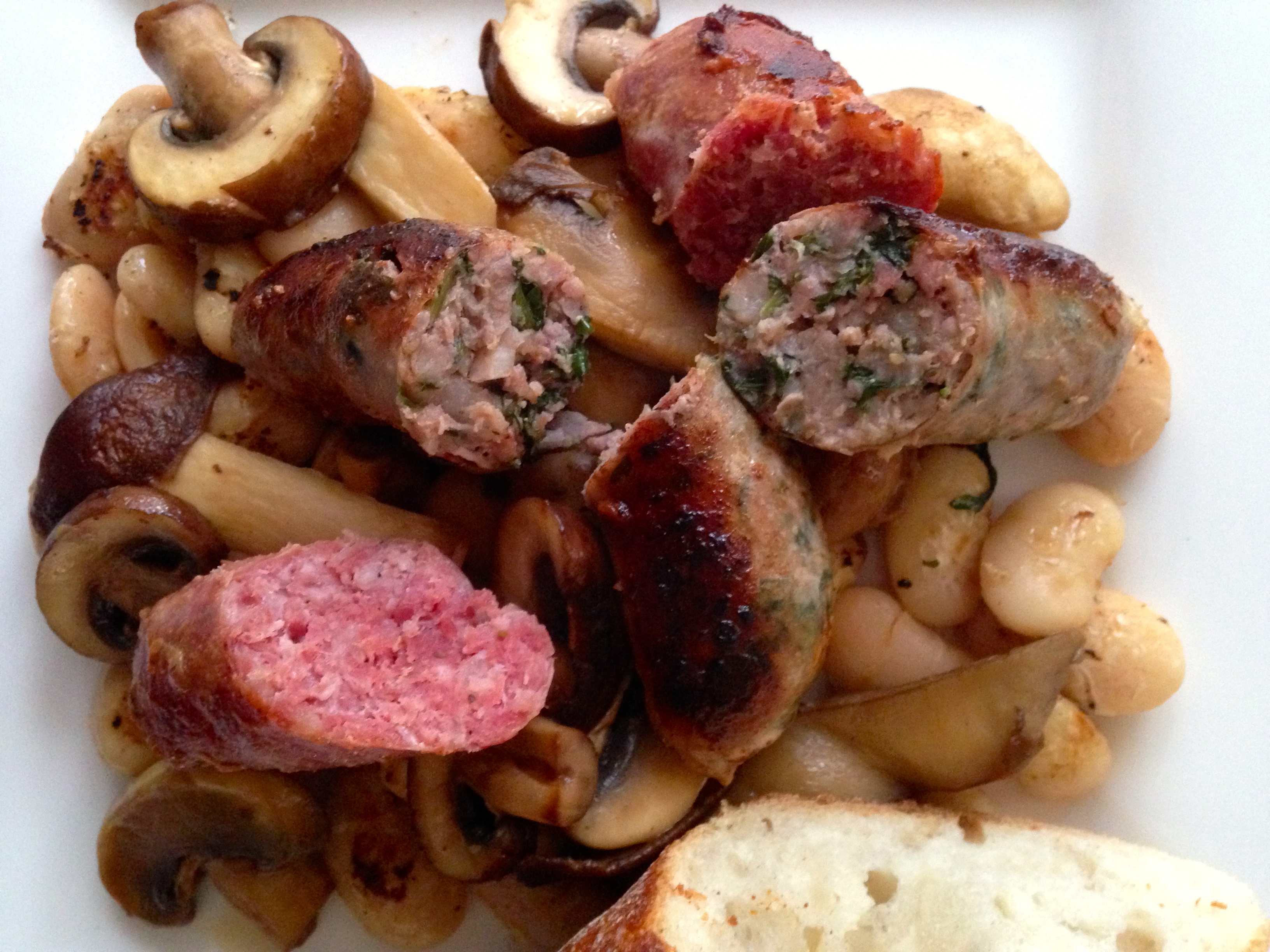
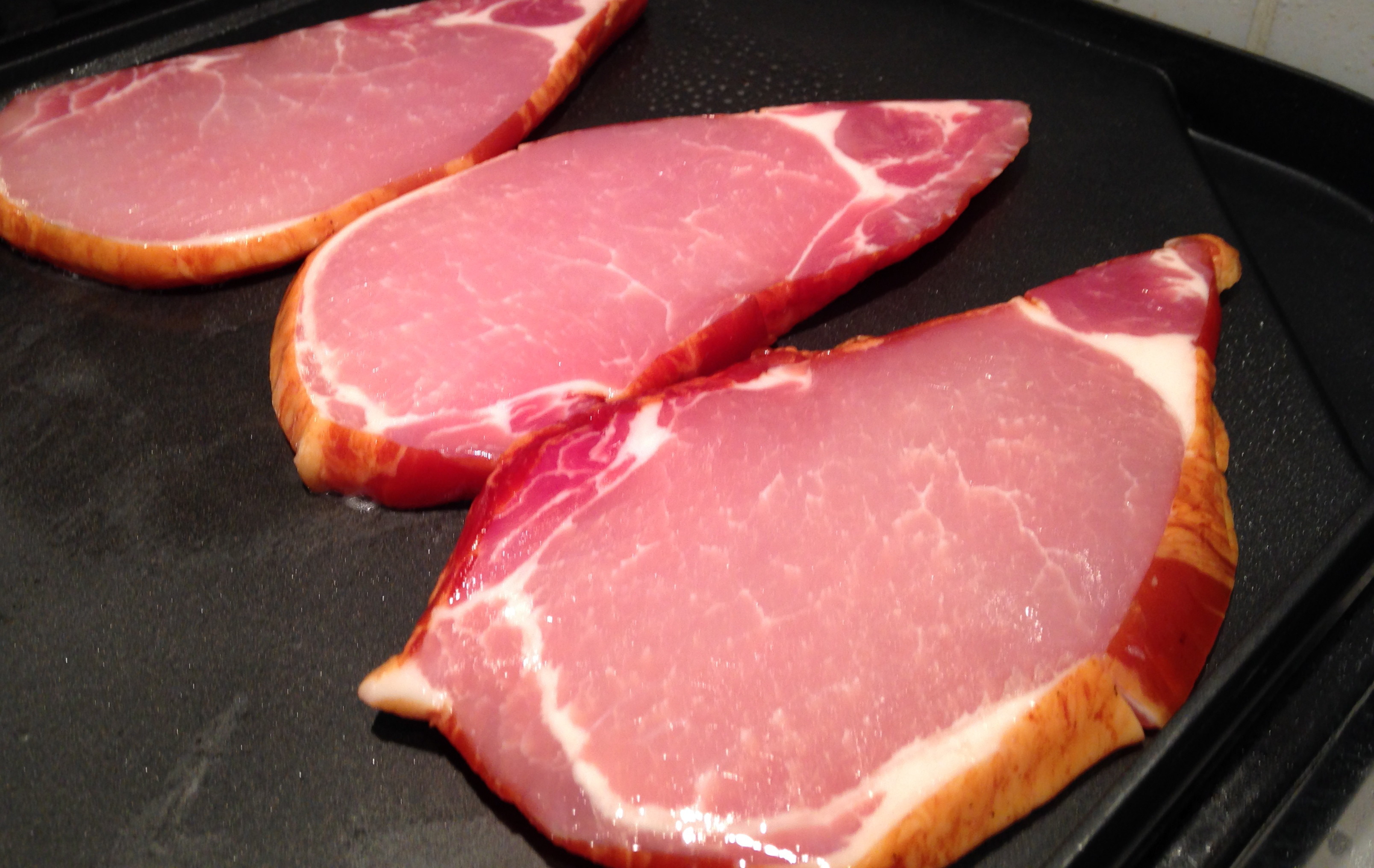
I hope you enjoy!
Keep Eating! Keep Innovating!
What is your favorite way to cook pork? What is your favorite cut? Let us know all about it in the comments or on Facebook.
The Culinary Exchange can also be found on Twitter, Instagram, Pinterest, Google+ and YouTube.
Come On! Follow Along!




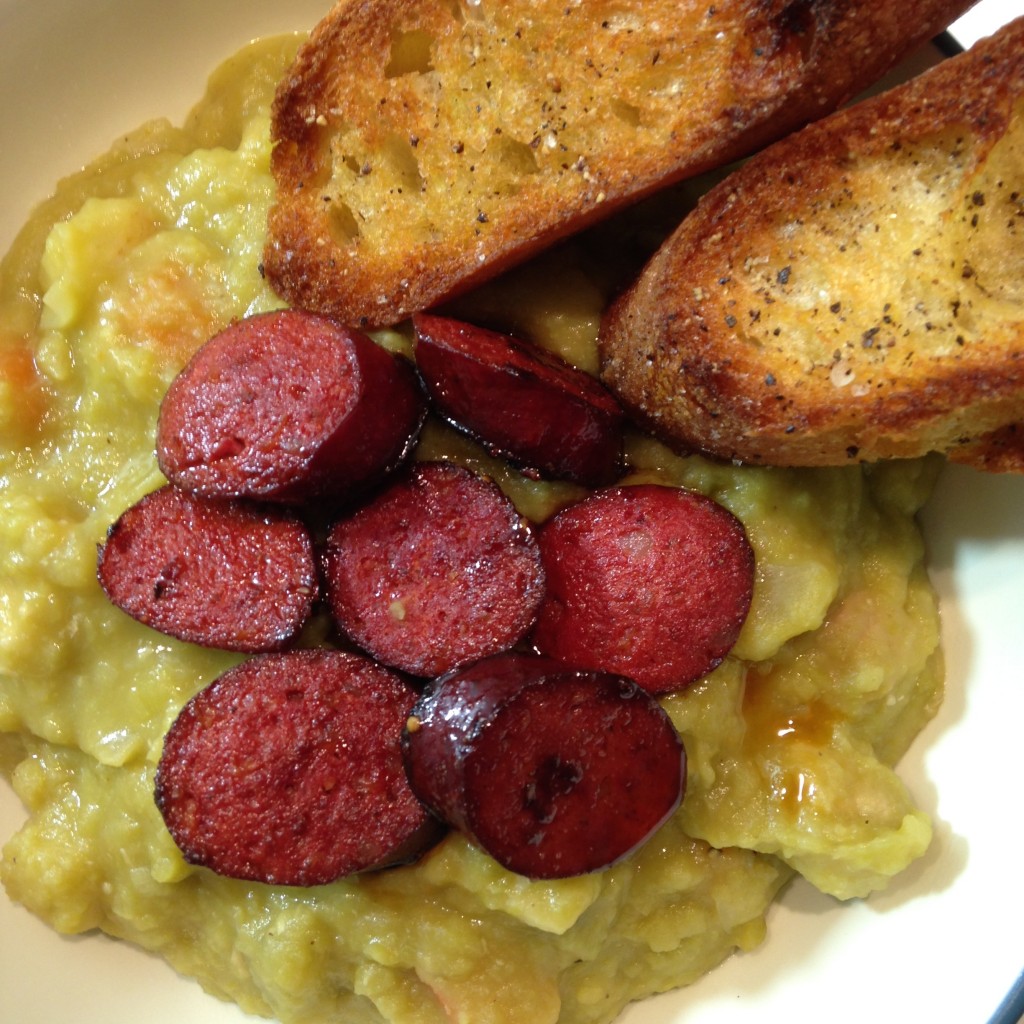
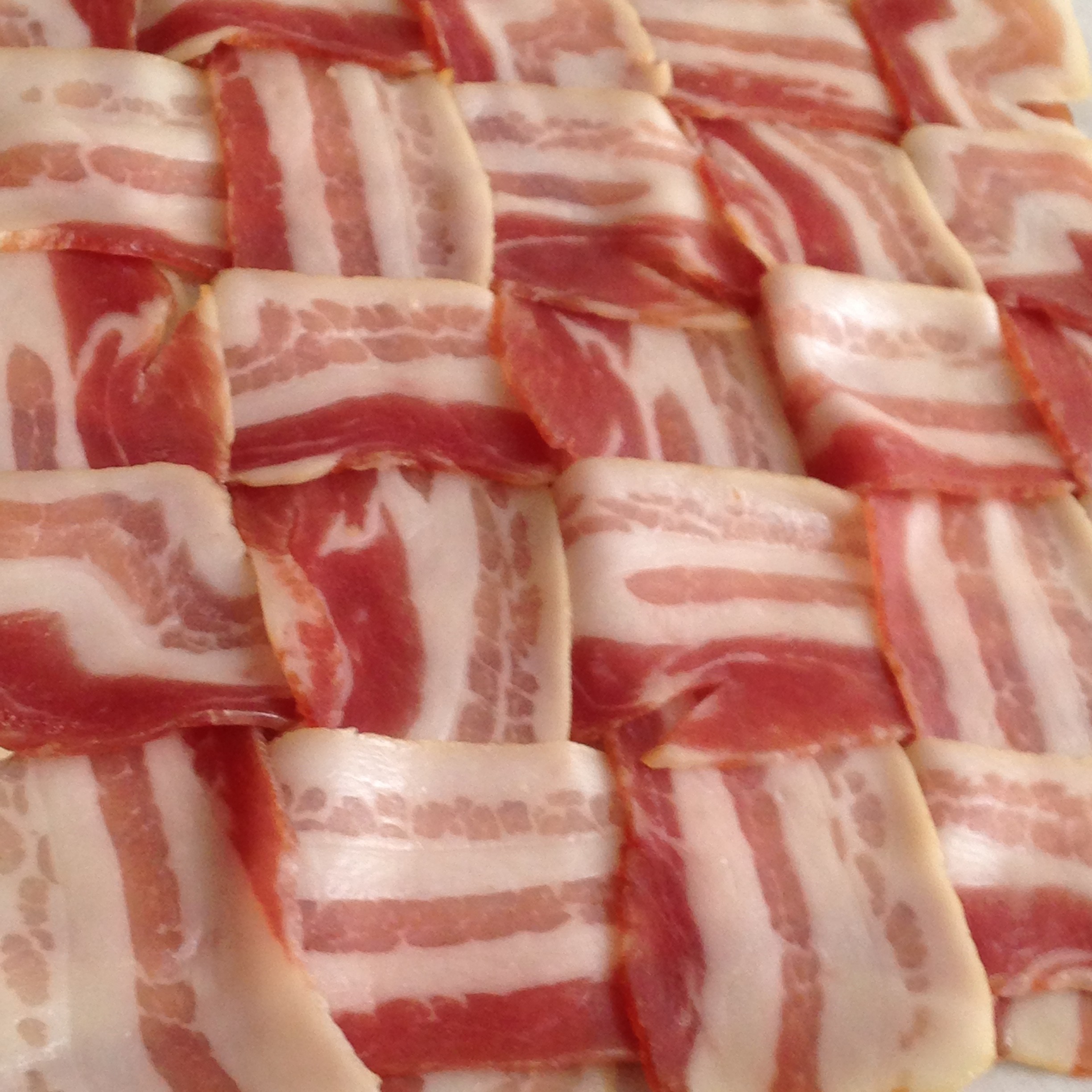
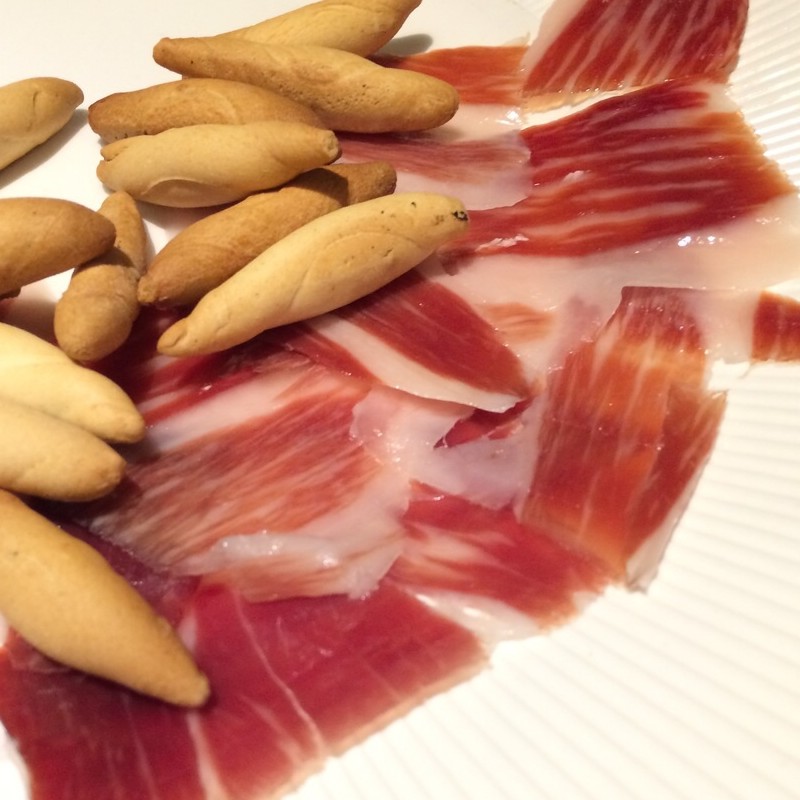
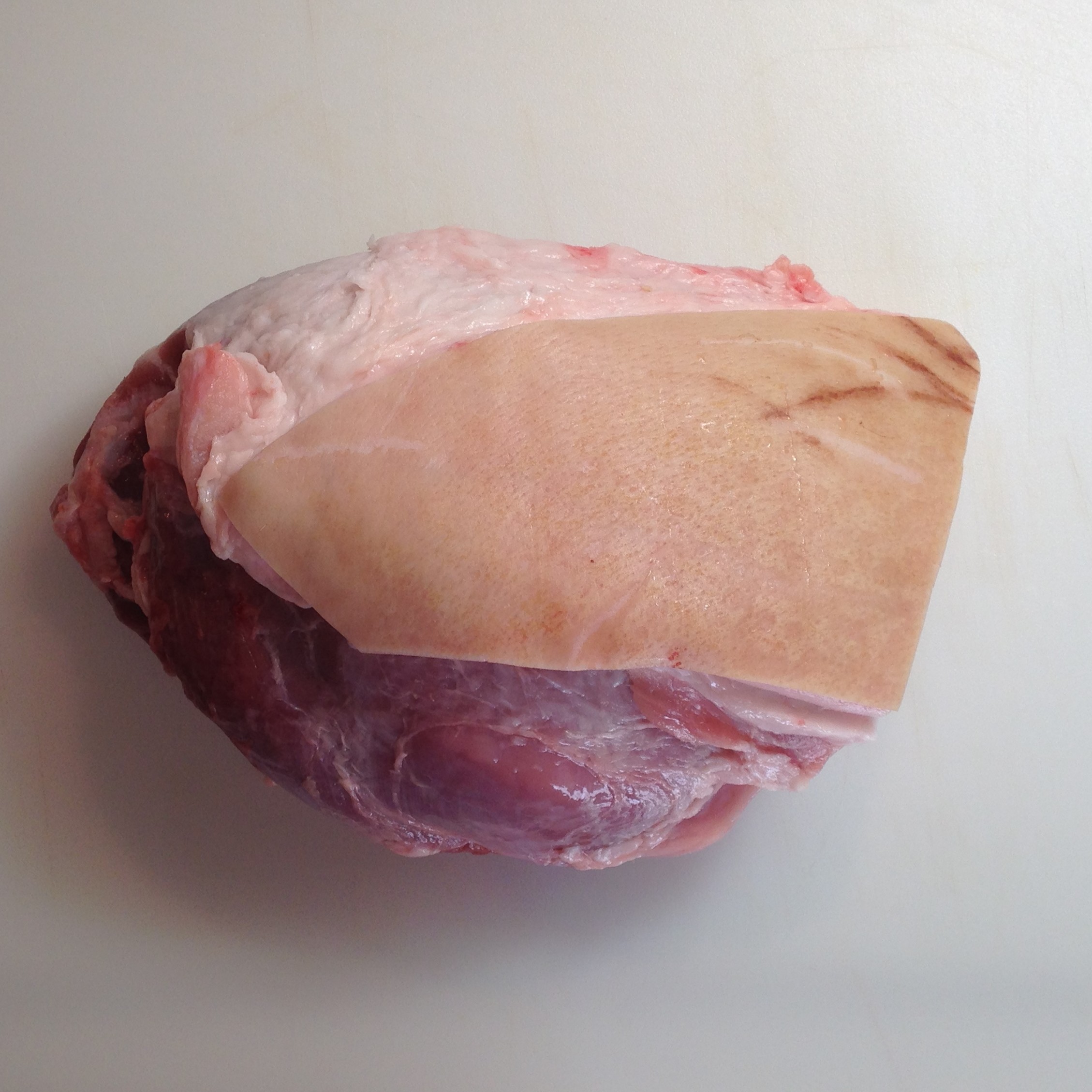




How do I make pork skin or porkrinds at home?
Hi Eddie,
The easiest way is the get a pork belly, cut it into inch cubes and deep fry them at 350F until golden and crispy then hit them with some seasoning salt. These will be a bit meatier then the ones you get in the bag at the grocery. If you don’t want meaty, get a pork belly, cut the skin off. Cut it into pieces and deep fry until golden. You can also slow roast the skin for a few hours at 300F. Season before slow roasting!
Thanks for stopping by and asking your question. If you make them send us a pic and let us know how they came out.